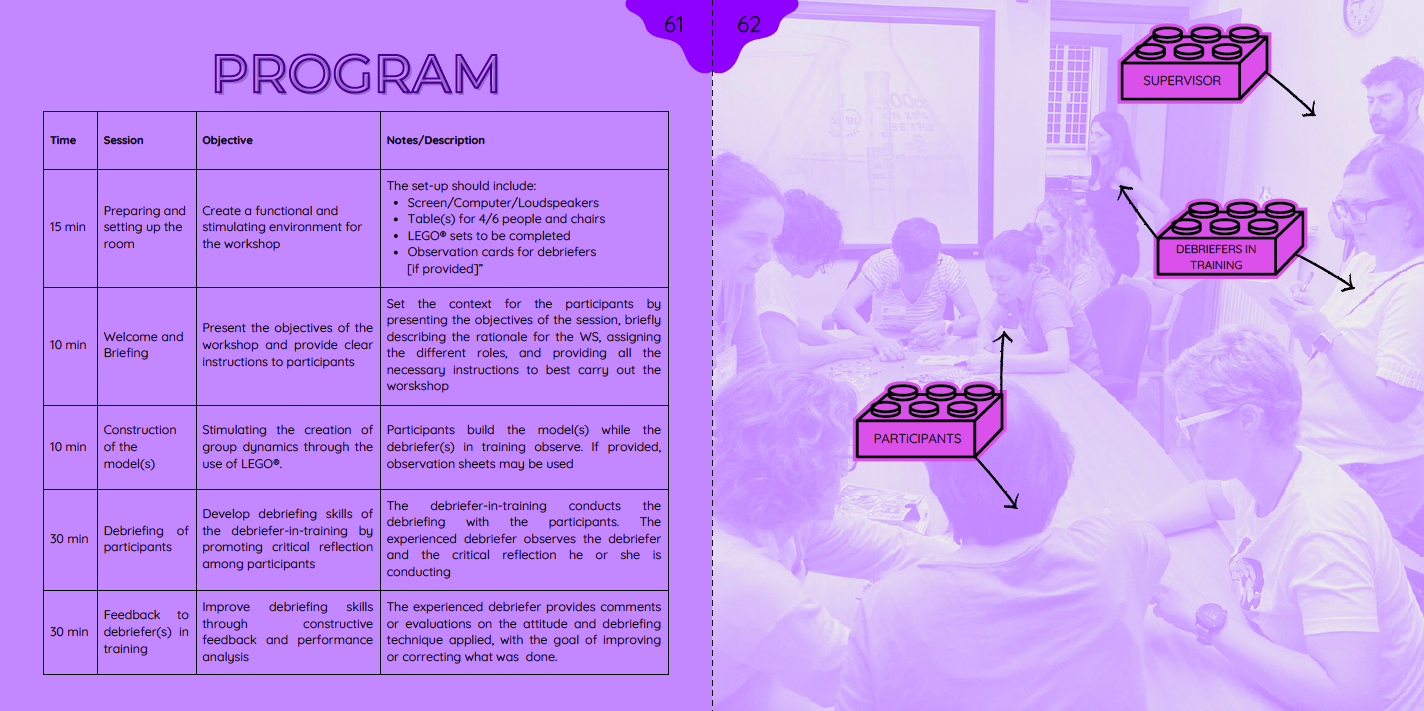
SIMZINE Library series offers stories about pioneering figures in healthcare simulation [SIMPeople] and concise and original overviews of theories, methods, and products to better understand the context we work in [SIMEssentials].
Authored by experts, these volumes blend facts, fresh perspectives, and passion to render complex subjects accessible and enhance your understanding.
THE DOLLS’ ENGINEER
a personal journey through three decades of medical simulation by Willem van Meurs
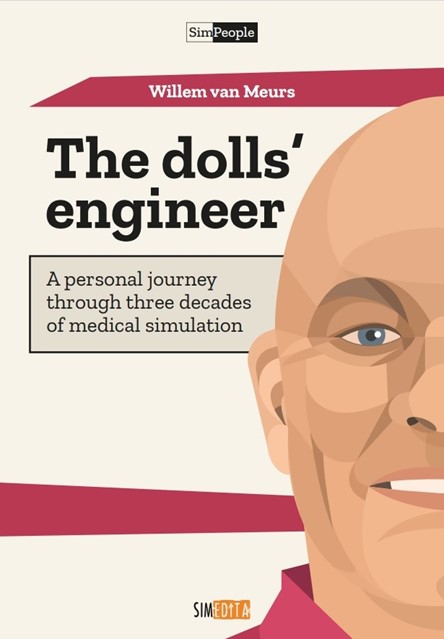
This short, entertaining autobiography explores how a life in science and technology unfolds between historical conditions, encounters, and a few personal decisions. It gives the reader an inside look at the radical transformation of medical education and training by simulation which took place over the last three decades. Follow one of its inventors on his exciting path between medicine and engineering, academia and industry, and across 4 continents. An anesthesia simulator that created an industry, a high-fidelity childbirth simulator, and visual explanatory models for acute care providers are all introduced.
This journey took place in different countries and different continents. Willem’s subject is certainly intriguing, and readers may enjoy hearing fascinating details about the creation of a simulator, and how simulation transformed medical education and training… It is also like you are taking a lesson either on physiology, or on engineering, sometimes even on history, and your teacher explains it in a simple way so you can understand.
Ulufer Sivrikaya – Medical Director RMK AIMES, Turkey
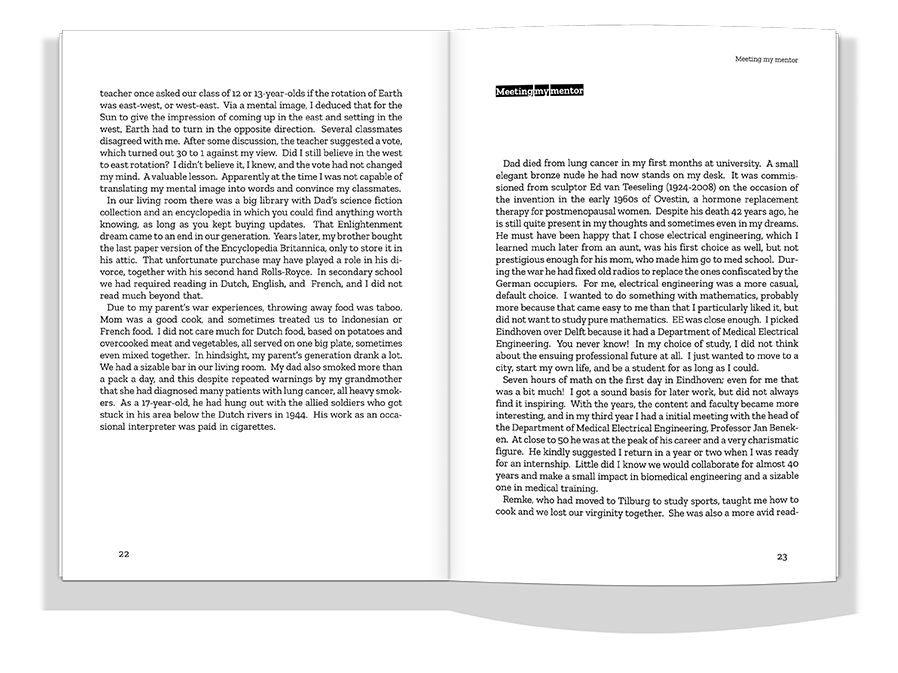
LEARNING PHYSIOLOGY IN CONTEXT
by Richard Helyer, Eugene Lloyd and Willem van Meurs
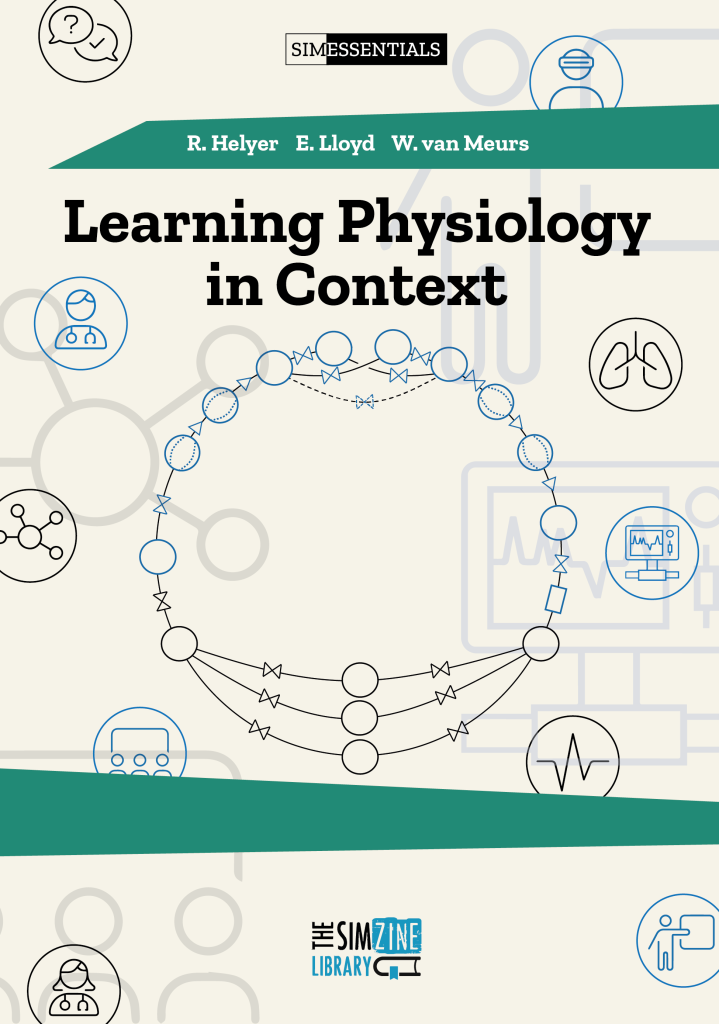
This book offers a comprehensive guide to simulation-based physiology education of a broad range of undergraduate students. It centers around sessions following the hypothetico-deductive method, with special attention to diagnosis, clinical decision making, and treatment outcome prediction for medical and veterinary students. It covers educational strategies, program design, and implementation, The text describes the innovative learning methods developed by the authors, relying on virtual patients and model-driven simulators. Educational throughput is improved 20 fold, while maintaining student satisfaction and outcome.
Rich and his colleague Dr. Eugene Lloyd at the University of Bristol have made very creative use of the available technologies, and managed to set up physiology teaching programs to a broad range of students. They managed to move from 2 facilitators teaching a handful of students standing around a manikin to 2 facilitators teaching 250 students with virtual patients, while maintaining student satisfaction and test scores.
Simon Walls – VP Marketing, Strategy and Partnership, CAE Healthcare, USA
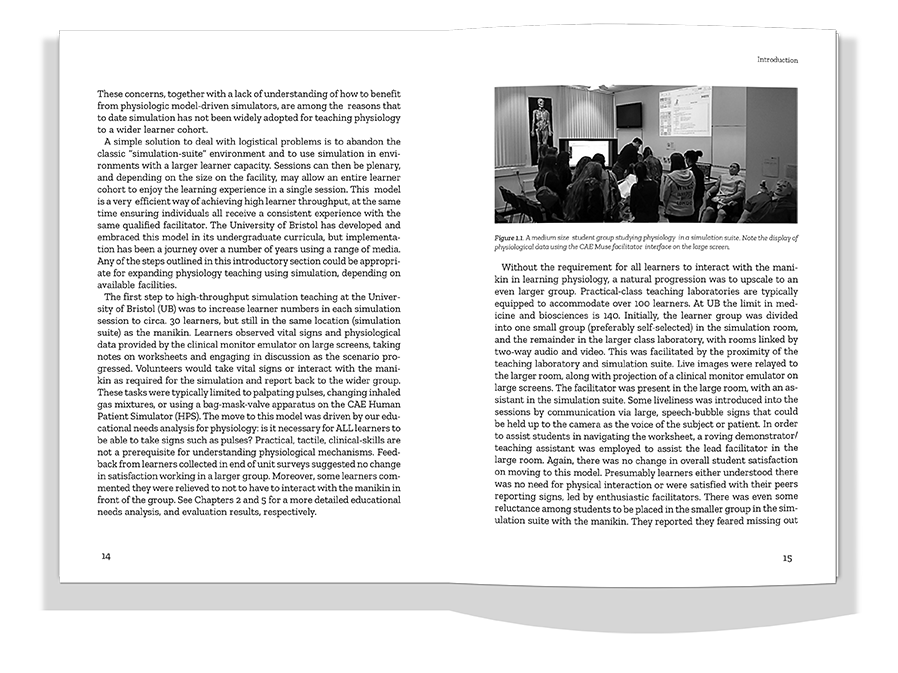
USE OF LEGO® BRICKS FOR TRAINING DEBRIFIERS
by Pierlugi Ingrassia, Emanuele Capogna, Fidel Esteves Pinto, Giorgio Capogna
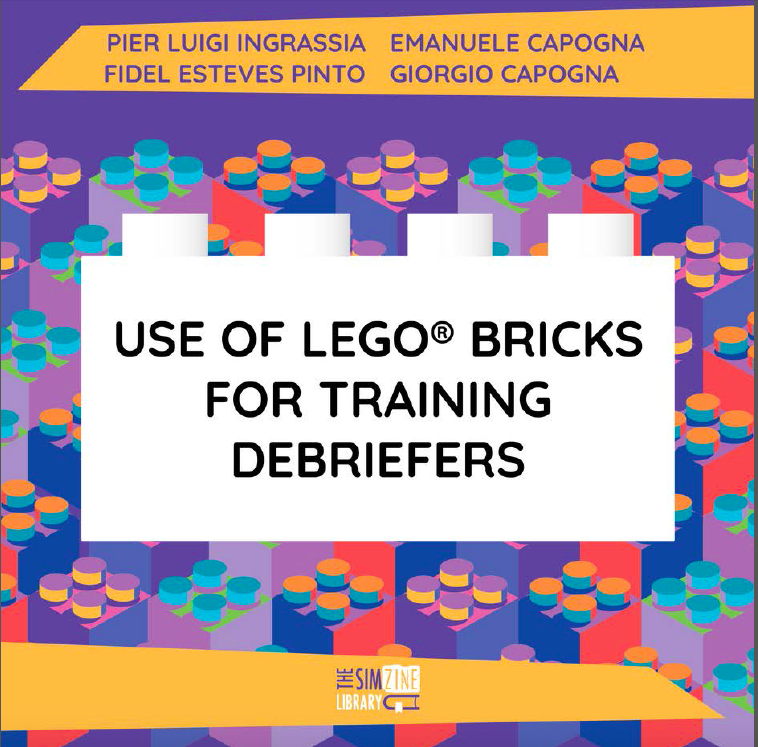
Are you wondering how LEGO bricks can completely change the way you train as a debriefer? Are you looking for a method that promotes a stimulating and relaxed learning environment?
If the answer to these questions is ‘yes’, then you can’t miss this booklet.
